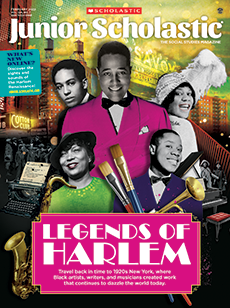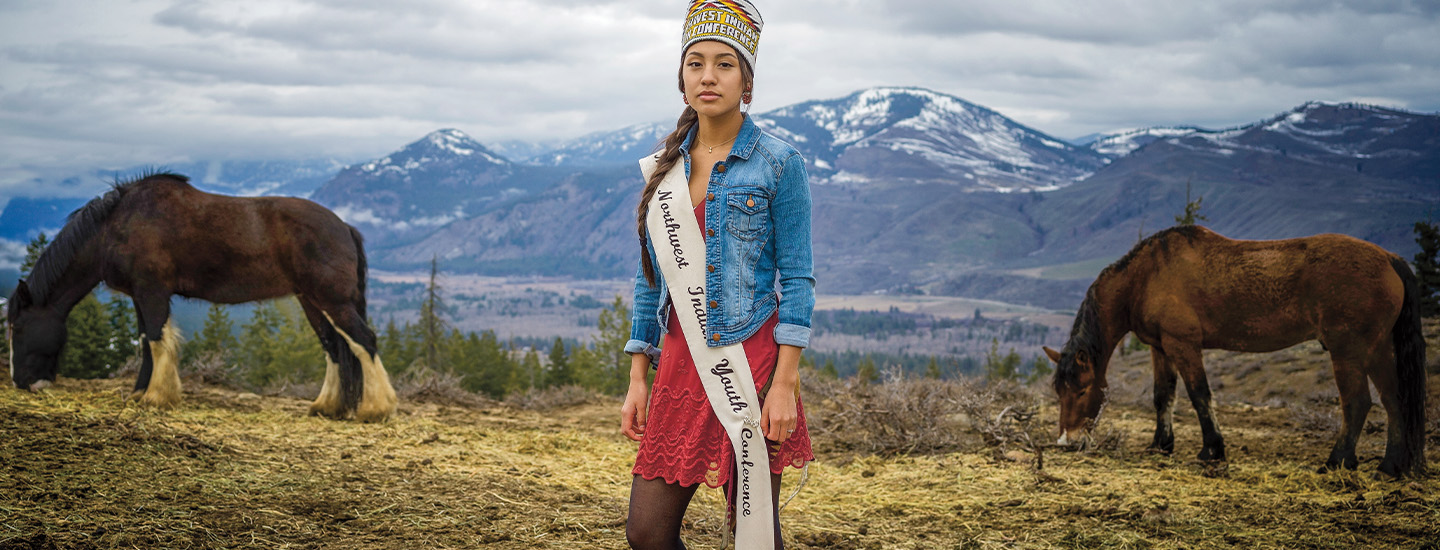Matika Wilbur has traveled hundreds of thousands of miles across the country. She’s driven in her RV, “Big Girl.” She’s also traveled on foot and by train, plane, and boat. She even rode a horse to get through the Grand Canyon in Arizona.
Why? To capture the world with her camera.
Wilbur is a documentary photographer and photojournalist. Photojournalists tell stories through photography. Their images can record history, convey emotion, and inspire people. They can also change the way we see the world.
Wilbur wants her photographs to change the way many people see Native Americans. She is a member of the Swinomish and Tulalip Tribes in Washington State. She knows some Americans have false ideas about Indigenous people, and she wants to challenge those stereotypes.
“There are stories the community needs you to tell,” Wilbur says.
She decided to photograph and interview members of 562 Tribal Nations in the United States. That was the number of Tribes that were recognized by the U.S. government when she started the project in 2012. Today there are 574.
Wilbur’s vibrant images depict both young and older Native Americans, often in places that are important to them. Some of the people wear traditional clothes. Others wear more modern outfits. They all look proud and strong, and they highlight the diversity of Native people across the U.S.
The images are now in a book, Project 562: Changing the Way We See Native America. Each image is accompanied by a narrative that shares the traditions and experiences of the person in the photo.
Here, Wilbur talks about her work and why it’s important.

